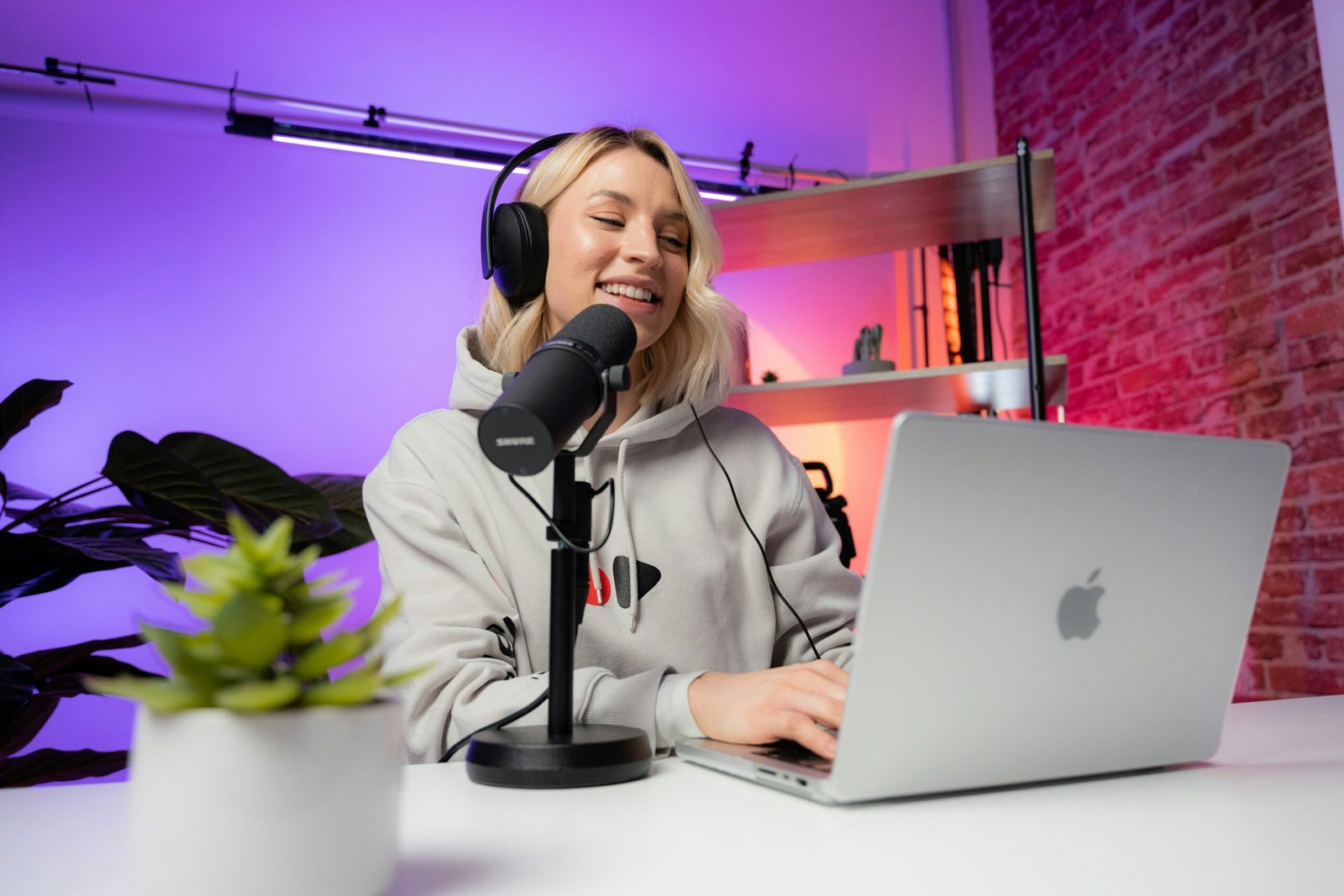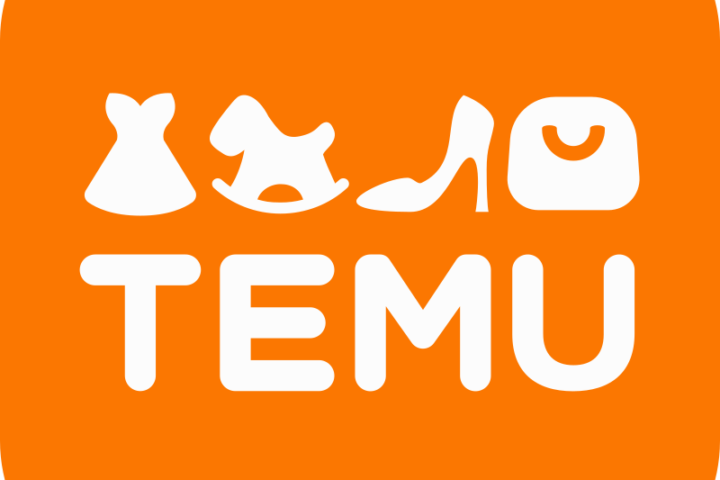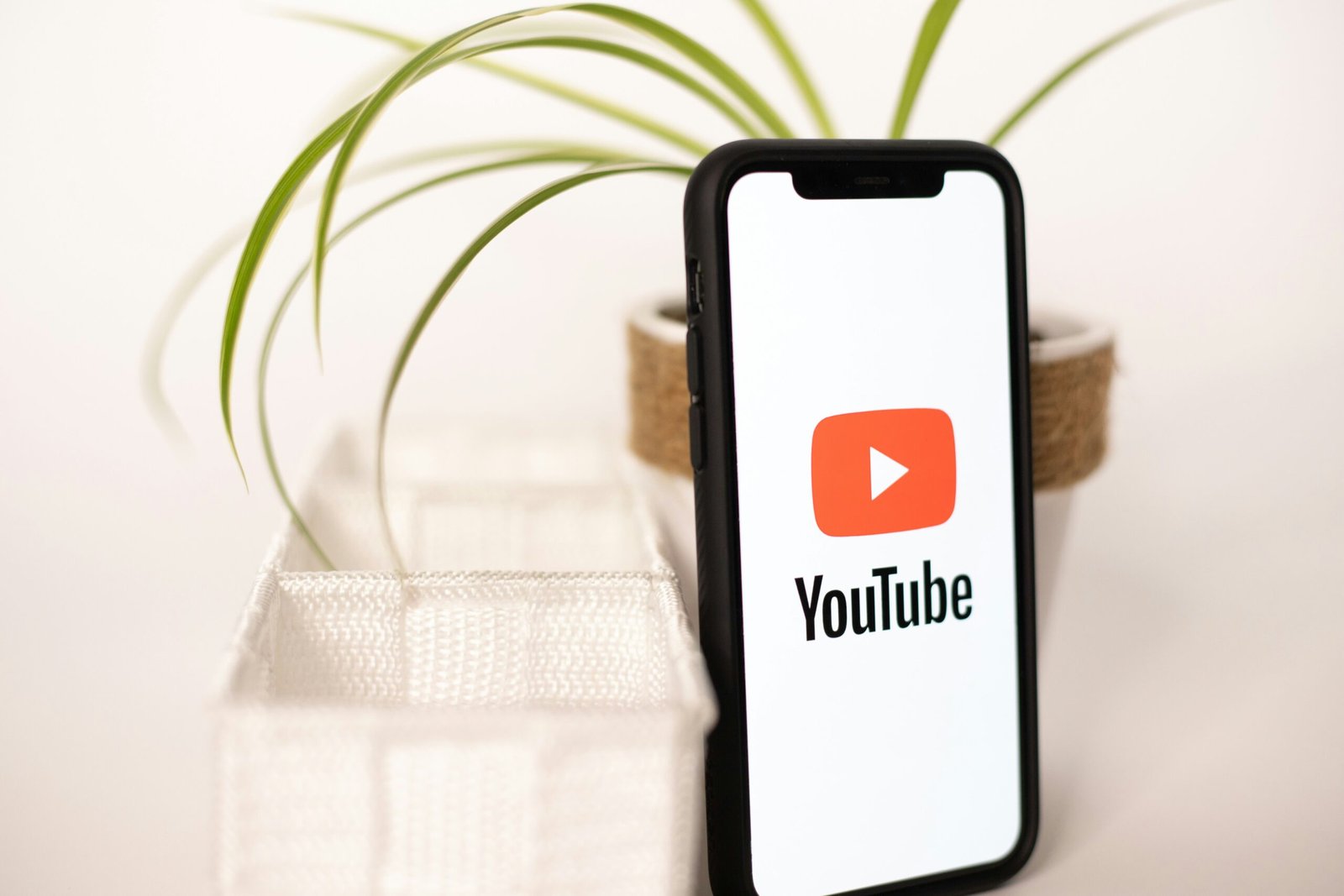Introduction to Influencer Marketing
Influencer marketing has emerged as a pivotal component of contemporary marketing strategies. At its core, influencer marketing involves collaborating with individuals who have a substantial and engaged following on social media platforms. These influencers leverage their reach and credibility to promote products, services, or brands to their audience.
The rise of social media has been instrumental in the growth of influencer marketing. Platforms like Instagram, YouTube, and TikTok have given rise to a new breed of celebrities who, unlike traditional celebrities, have built their fame through authentic and relatable content. These influencers often have a deep connection with their followers, making their endorsements more impactful than conventional advertisements.
One of the primary benefits of influencer marketing is increased brand awareness. When influencers share content about a brand or product, it reaches a broad audience, many of whom may not have been exposed to the brand otherwise. This organic reach is often more effective than paid advertisements.
Trust-building is another significant advantage. Influencers are seen as trustworthy figures by their followers, and their recommendations are often perceived as genuine and credible. This trust translates into higher engagement rates, as followers are more likely to interact with content shared by influencers they admire.
Furthermore, influencer marketing offers the benefit of higher engagement rates. Influencer-generated content tends to receive more likes, comments, and shares compared to traditional marketing content. This increased engagement not only boosts brand visibility but also fosters a sense of community around the brand.
In today’s digital landscape, influencer marketing is not just a trend but a necessity for brands aiming to connect with their target audience in a meaningful way. By leveraging the power of influencers, brands can achieve greater reach, build trust, and drive higher engagement, making influencer marketing an indispensable tool in the modern marketer’s toolkit.
Instagram: The Visual Powerhouse
Instagram has firmly established itself as a premier platform for influencer marketing, thanks to its visually driven nature and extensive features. This social media giant boasts over one billion active users, making it a fertile ground for brands aiming to enhance their visibility and engagement. Instagram’s array of features, including Stories, Reels, and IGTV, provides influencers and brands a versatile toolkit to craft compelling narratives and dynamic content.
One of Instagram’s most notable strengths lies in its high engagement rates. According to a recent study, the average engagement rate on Instagram is significantly higher than that of other social media platforms. This is particularly beneficial for influencer marketing, as increased interaction translates to more effective brand messaging and higher conversion rates. Moreover, Instagram’s algorithm favors content that garners quick engagement, further amplifying the reach of popular posts.
The platform’s user demographics also play a crucial role in its success as an influencer marketing hub. Approximately 71% of Instagram’s users are under the age of 35, which aligns perfectly with the target audience for many brands. This youthful, tech-savvy user base is more likely to engage with influencer content and make purchasing decisions based on these interactions.
Examples of successful influencer campaigns on Instagram are abundant. For instance, the beauty brand Glossier has effectively leveraged the platform by collaborating with micro-influencers to showcase their products in authentic, user-generated content. Similarly, fitness brands like Gymshark have utilized Instagram Stories and Reels to promote workout routines and apparel, achieving substantial engagement and sales growth.
When it comes to content that performs best on Instagram, visually appealing posts such as high-quality images, engaging videos, and creative Stories are key. Reels, Instagram’s answer to TikTok, offers a unique opportunity for influencers to produce short, entertaining clips that can reach a wider audience. Additionally, IGTV allows for longer-form content, making it ideal for in-depth product reviews and tutorials.
In summary, Instagram’s visual-centric approach, diverse features, and robust engagement metrics make it an indispensable platform for influencer marketing. Brands looking to harness the power of influencer partnerships would do well to consider Instagram as a central component of their marketing strategy.
YouTube: The Long-Form Content King
YouTube stands out as a crucial platform for influencer marketing, primarily due to its focus on long-form video content. The platform’s vast user base, boasting over 2 billion logged-in monthly users, provides an expansive audience for influencers to reach. This extensive reach is complemented by the ability to deliver in-depth product reviews, tutorials, and unboxing videos, which are pivotal for detailed consumer engagement. This level of detail allows influencers to build trust and credibility with their audience, significantly impacting purchasing decisions.
Successful YouTube influencers like Marques Brownlee (MKBHD) and Zoella have demonstrated the platform’s potential. Marques Brownlee, with his tech product reviews, has established himself as a trusted voice in the technology space, influencing millions of consumers worldwide. Similarly, Zoella’s beauty and lifestyle content has not only garnered millions of subscribers but also driven significant sales for the brands she collaborates with. Their success stories highlight the power of YouTube in fostering deep connections between influencers and their audience.
Viewer engagement on YouTube is notably high. According to recent statistics, the average mobile viewing session lasts more than 40 minutes, indicating users’ willingness to engage with longer content. This engagement is further amplified by YouTube’s algorithm, which favors consistent content creation and rewards videos that keep viewers on the platform for extended periods. Consequently, influencers who regularly upload high-quality, engaging content are more likely to see their videos recommended to a broader audience.
The synergy of YouTube’s expansive user base, the potential for detailed content, and the platform’s algorithmic support underscores its importance in influencer marketing. Brands looking to harness the power of influencer marketing should consider leveraging YouTube for their campaigns, capitalizing on the trust and detailed engagement that the platform facilitates.
TikTok: The Viral Sensation
TikTok has experienced an unprecedented rise in popularity, establishing itself as a powerhouse in influencer marketing. The platform’s unique appeal lies in its short-form video format, typically ranging from 15 to 60 seconds, which fosters creativity and immediacy. This brevity enables content to be easily consumed and shared, often leading to viral trends and challenges that captivate younger audiences. TikTok’s algorithm further amplifies content by promoting videos based on user interactions, making it a fertile ground for influencers to quickly gain traction.
The platform has become synonymous with viral challenges—user-generated content that encourages widespread participation. These challenges often originate from influencers and can propel both the creator and the associated brands into the spotlight. For instance, the #InMyFeelings challenge, which was initially popularized on TikTok, saw massive engagement and significantly boosted the visibility of the song and the artists involved. This viral nature is a key aspect of TikTok’s allure for influencer marketing, as it allows for rapid dissemination and amplification of brand messages.
Successful TikTok influencer campaigns have highlighted the platform’s potential for high engagement. Brands like Guess and Chipotle have leveraged TikTok influencers to launch campaigns that resulted in millions of views and substantial user participation. Influencers on TikTok often have a more authentic and relatable presence, which resonates well with the platform’s predominantly younger demographic. According to recent statistics, approximately 60% of TikTok users are aged between 16 to 24, making it an ideal venue for brands targeting Gen Z consumers.
Moreover, TikTok boasts impressive engagement rates, often surpassing those of other social media platforms. The average user spends about 52 minutes per day on the app, and the platform has over 1 billion monthly active users. This high level of engagement, combined with the platform’s innovative content format, makes TikTok a compelling option for influencer marketing, offering brands an opportunity to reach and connect with a vibrant, highly engaged audience.
Facebook: The Comprehensive Network
Facebook stands out as a pivotal platform for influencer marketing due to its extensive and diverse user base. With over 2.8 billion active users worldwide, it provides an unparalleled opportunity for brands to reach a broad demographic spectrum. This vast audience, coupled with Facebook’s sophisticated advertising tools, makes it an ideal venue for executing comprehensive influencer marketing strategies.
One of Facebook’s key strengths lies in its variety of content formats. Influencers can engage their followers through posts, videos, and live streams, each offering unique ways to convey brand messages. Posts allow for a mix of text, images, and links, creating versatile content that can be easily shared and interacted with. Videos, both recorded and live, enable influencers to deliver more dynamic and engaging content, fostering a deeper connection with their audience. Live streams, in particular, offer real-time interaction, which can significantly enhance engagement and trust between influencers and their followers.
Moreover, Facebook’s integration with Instagram amplifies its effectiveness in influencer marketing. This seamless connection allows influencers to cross-promote content and reach a wider audience across both platforms, maximizing exposure and engagement. For instance, a campaign launched on Instagram can be simultaneously shared on Facebook, leveraging the strengths of both networks.
Several successful influencer campaigns have demonstrated Facebook’s potential. For example, the collaboration between Tarte Cosmetics and various beauty influencers effectively utilized Facebook’s diverse content formats and extensive reach. By combining engaging posts, tutorial videos, and interactive live streams, the campaign achieved substantial visibility and user engagement.
Furthermore, Facebook’s robust analytics capabilities are instrumental in tracking and optimizing influencer campaigns. Detailed metrics such as reach, engagement, and conversion rates allow brands to measure the effectiveness of their campaigns accurately. These insights enable continuous optimization, ensuring that marketing efforts are both efficient and impactful.
In essence, Facebook’s comprehensive features, from diverse content formats to advanced analytics, solidify its position as a cornerstone of influencer marketing. Its ability to connect influencers with a large and varied audience, coupled with powerful tools for campaign management and optimization, makes it an indispensable platform for brands seeking to leverage the power of influencer marketing.
Twitter: The Real-Time Connector
Twitter holds a unique position in the landscape of influencer marketing due to its real-time nature and the unparalleled ability it offers for engaging in conversations with followers. Unlike other platforms, Twitter’s strength lies in promoting events, providing live updates, and driving discussions around trending topics. This immediacy makes it an invaluable tool for influencers looking to capitalize on current events and trends to maximize their reach and engagement.
One of the defining features of Twitter is the use of hashtags, which greatly increases the visibility of posts. Hashtags can quickly bring a tweet into broader conversations, allowing influencers to reach a wider audience beyond their immediate followers. For example, campaigns such as #ShareACoke by Coca-Cola have successfully leveraged hashtags to create global engagement. Similarly, the #IceBucketChallenge gained massive traction, largely due to influencers and celebrities amplifying the message through their Twitter accounts.
Statistics reveal that Twitter has a diverse user base with over 330 million monthly active users, 80% of whom are affluent millennials. This demographic is highly engaged, with 77% of Twitter users feeling more positive about a brand when their tweet has been replied to. Influencers can tap into this engagement to foster brand loyalty and drive authentic conversations around products and services.
Successful influencer campaigns on Twitter also include live-tweeting events, which can generate significant buzz and real-time interaction. For instance, during product launches or major events like the Super Bowl, influencers often live-tweet to keep followers engaged and informed. This level of immediacy and authenticity is something that only Twitter can provide, making it an essential platform for real-time influencer marketing strategies.
LinkedIn: The Professional Network
LinkedIn has carved out a unique niche in the influencer marketing ecosystem, particularly for B2B brands and professional services. Unlike other social media platforms that focus on lifestyle, entertainment, and personal interactions, LinkedIn emphasizes industry expertise, thought leadership, and professional networking. This makes it an ideal platform for brands looking to connect with decision-makers, industry professionals, and potential business partners.
Influencer marketing on LinkedIn often revolves around sharing in-depth articles, professional insights, and company news. These types of content resonate well with LinkedIn’s audience, who are generally seeking valuable information that can enhance their professional lives. For instance, an influencer campaign for a software development company might involve a thought leader sharing a white paper on the latest trends in artificial intelligence, thereby establishing authority and generating leads.
Successful influencer campaigns on LinkedIn often feature collaboration with industry experts who have a substantial following. For example, a financial services firm might partner with a well-known economist to publish a series of articles on market trends. This not only boosts the firm’s credibility but also engages a highly targeted audience that is likely to be interested in their services.
Another effective strategy is leveraging LinkedIn’s native video feature to share professional insights and behind-the-scenes looks at company operations. Video content is particularly engaging and can humanize brands, making them more relatable to their audience. Additionally, company news and updates perform well, as they keep the audience informed and foster a sense of community and trust.
In summary, LinkedIn’s focus on professionalism and industry expertise sets it apart as a powerful platform for influencer marketing in the B2B sector. By leveraging thought leadership and high-quality content, brands can effectively engage with a targeted, professional audience, driving both brand awareness and business growth.
Emerging Platforms and Trends
As influencer marketing continues to evolve, new social media platforms are rapidly gaining traction among brands and influencers alike. Pinterest, Snapchat, and Clubhouse are emerging as significant players, offering unique features and tapping into distinct user bases that present fresh opportunities for influencer marketing.
Pinterest, known for its visually rich content, is becoming a hub for influencers who cater to niches such as DIY, home decor, fashion, and food. Its algorithm prioritizes content discovery, making it an ideal platform for influencers to reach new audiences. Brands can leverage Pinterest’s shoppable pins and rich visual content to create engaging campaigns that drive traffic and sales.
Snapchat continues to captivate a younger demographic with its ephemeral content and interactive features like filters and lenses. The platform’s focus on real-time, authentic content makes it a powerful tool for influencers to engage with their followers on a personal level. Snapchat’s Discover feature allows brands to partner with influencers to create compelling stories that resonate with its predominantly Gen Z audience.
Clubhouse, an audio-based social media app, has introduced a new dimension to influencer marketing. The platform’s live, interactive discussions provide an opportunity for influencers to establish themselves as thought leaders in their fields. Brands can collaborate with influencers to host rooms, participate in panel discussions, and engage in meaningful conversations, creating a sense of community and authenticity.
Upcoming trends in influencer marketing indicate a shift towards micro-influencers and niche communities. Micro-influencers, with their smaller but highly engaged followings, offer brands a cost-effective way to reach specific target audiences. These influencers often possess deep connections within their communities, resulting in higher engagement rates and more authentic endorsements.
The integration of AI and data analytics is also reshaping influencer marketing. Advanced analytics tools enable brands to measure campaign performance with greater precision, optimize content strategies, and identify the most effective influencers for their goals. Predictive analytics can forecast trends and help brands stay ahead of the curve.
Looking ahead, influencer marketing is poised to become even more data-driven and community-focused. Platforms will continue to innovate, providing new features that enhance the influencer-brand collaboration. As consumer preferences evolve, brands will need to adapt their strategies, leveraging emerging platforms and trends to maintain their competitive edge in the dynamic landscape of influencer marketing.



